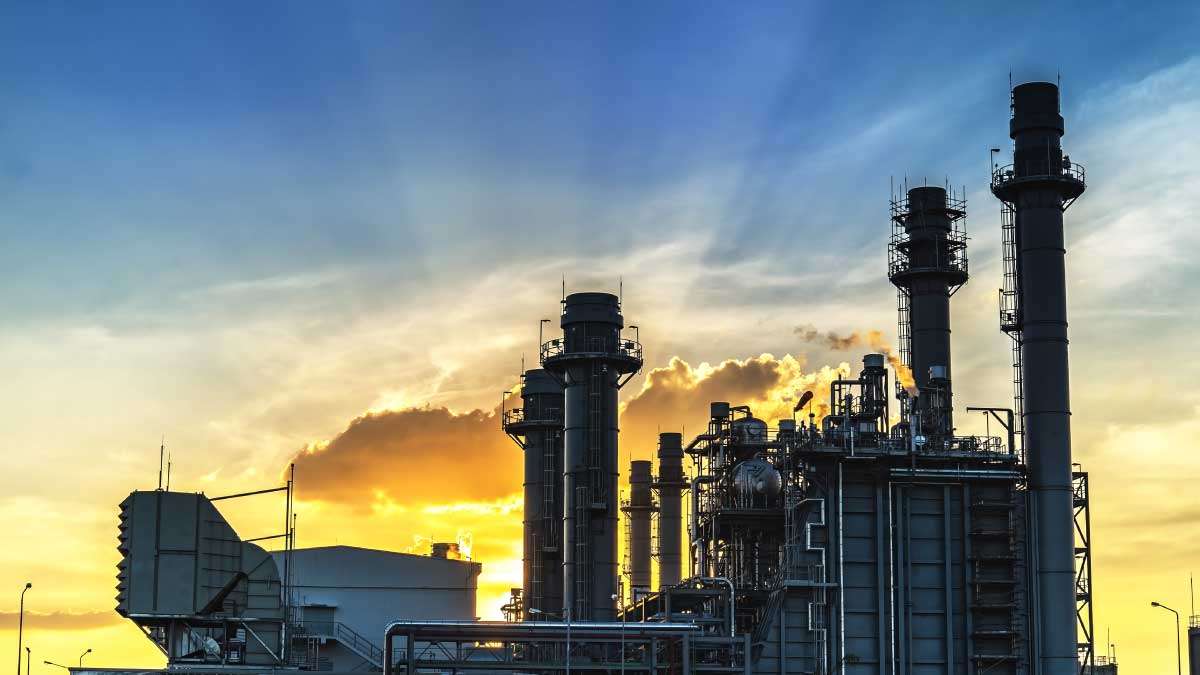
Creating a market for natural gas with Low-Methane
The goal of low-methane natural gas is to cut methane emissions, a powerful greenhouse gas, from the natural gas supply chain. It is a significant step towards cleaner energy. Low-methane gas emerges as a greener option, bringing fossil fuel use into line with environmental goals as the globe looks for sustainable energy alternatives. The initiative, which bridges the gap between conventional fossil fuels and renewable resources, is essential to the energy transition. Low-methane natural gas is a big step towards ‘greening’ fossil fuels since it reduces methane losses throughout extraction, processing, and distribution. This not only lessens the effect of climate change but also makes natural gas more compatible with global sustainability objectives.
The Environmental Need to Reduce Methane
Reducing methane emissions is critical to combating climate change because methane has a far greater short-term warming effect than carbon dioxide. It seeps out of landfills, from the extraction of oil and gas, and even from cattle. Controlling these leaks—particularly in the natural gas sector—will allow us to reduce our influence on climate change significantly. Consider it like tightening a leaking pipe: the goal is to avoid harm as well as to save the contents. Lowering these emissions is essential to reducing natural gas’s carbon footprint and making a significant contribution to a cooler Earth.
Innovations and Technologies for Methane Reduction
Modern technology and smart techniques are being used in the fight against methane emissions. Drones and infrared cameras are used by Leak Detection and Repair (LDAR) programs to find invisible gas leaks and quickly identify the areas that need repairs. Methane capture systems convert waste gas into valuable energy and cut emissions. Leak-proof equipment and pipes are being designed as part of an infrastructure overhaul to keep methane where it belongs. These developments not only contribute to the production of low-methane natural gas but also mark a significant improvement in the cleanliness and effectiveness of the whole gas supply chain.
Policy and Regulatory Frameworks Supporting Low-Methane Gas
Policies and regulations are providing a significant impetus for the transition to low-methane natural gas. Governments are implementing laws that target methane in particular and place a price on carbon emissions, making it more expensive to release methane into the environment. To assist consumers in selecting the greener alternative, certification programs that mark petrol as low-emission are also being introduced. These actions incentivize businesses to spend money on technology that reduces methane leakage. The goal is to create a win-win situation where businesses can demonstrate their commitment to the environment, and everyone benefits from a cleaner energy source. Low-methane petrol is becoming the norm in a market that is being shaped by these laws rather than merely being a smart idea.
In the future, natural gas with little methane might be essential to a low-carbon society. Low-methane petrol provides a transitional fuel between conventional fossil fuels and renewable energy sources as the energy industry moves towards more sustainable sources. It may contribute to the synthesis of blue and green hydrogen, thereby broadening the scope of sustainable energy. Natural gas, especially in its low-methane form, must continue to be innovated and strategically invested in if it is to be a major participant in the global movement toward decarbonization and sustainable energy sources. While there are many moving parts in the process of creating a cleaner energy environment, low-methane natural gas stands out as one that has promise for providing a more sustainable and clean way to utilize fossil fuels.
